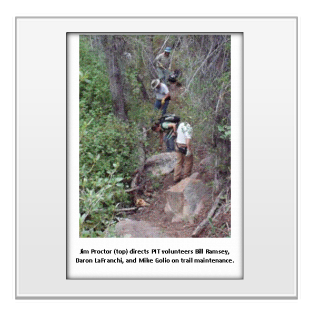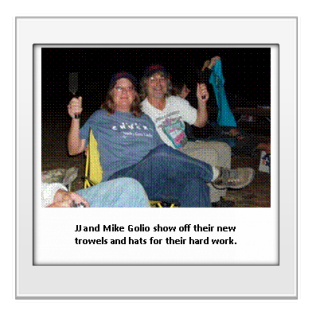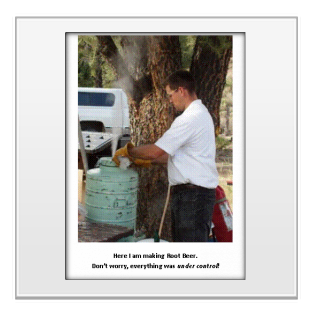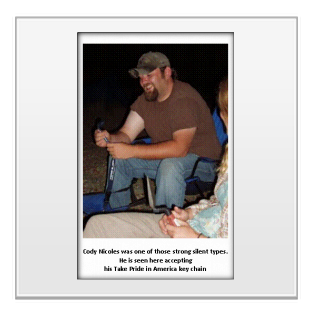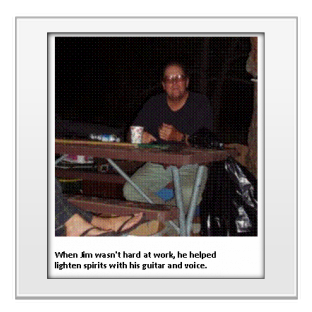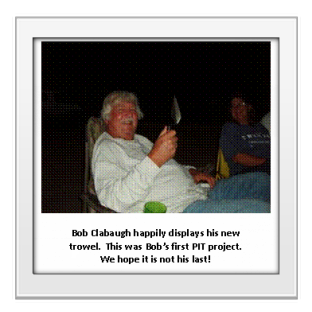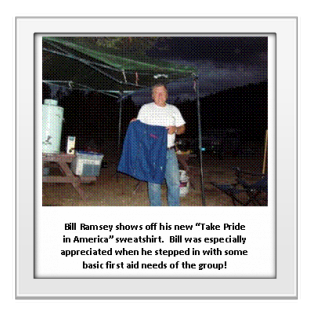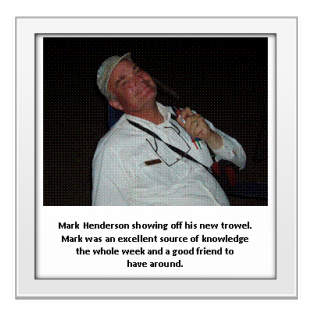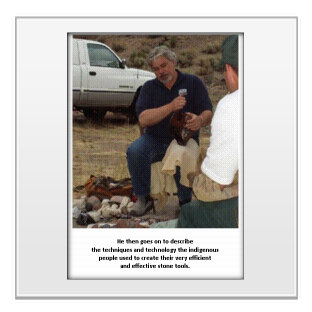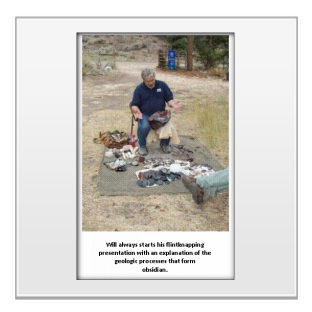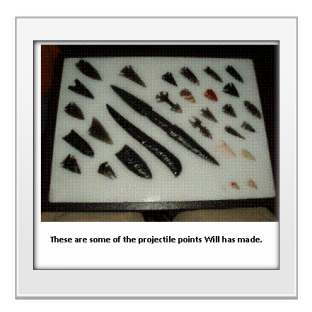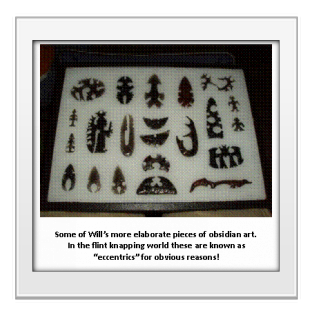Cherry Creek Canyon - Passport in Time
Main menu:
Previous Projects > States M-R
Paradise in the Middle of the Sagebrush Ocean: Survey and Test Excavation in Cherry Creek Canyon, PIT Project July 30–August 3, 2007
Humboldt-Toiyabe National Forest, Nevada, 2007
By Nathan Thomas, Archaeologist
When I wrote the project description for the Passport in Time website I promised that this project would be a "surprising and rewarding experience," off the beaten path in eastern Nevada. I also promised to immerse the volunteers in the lush vegetation of the Cherry Creek Canyon compared to the surrounding 'Sagebrush Ocean.' It turned out that I was the one who was surprised and rewarded with great volunteers and a wonderful time.
During this project, we explored the canyon and conducted a systematic inventory of the prehistoric and historic sites and features of the area. In the course of this inventory we documented Fremont and Anasazi archaeological sites and PIT volunteers jumped right in help the National Forest with other'on the ground' responsibilities. It was truly an interdisciplinary adventure.
Everyone really got involved. For example, PIT Volunteers J. J. Golio and Bob Clabaugh assisted Forest Service Wilderness Technician April Johnson in the patrol of wilderness boundary markings and locations of potential vehicle intrusion into the Quinn and Grant Range Wildernesses. During this patrol, the rest of the crew visited a previously unrecorded rockshelter with pictographs on the ceiling and artifacts on the shelter apron.
PIT Volunteers Bill Ramsey, Daron LaFranchi, and Mike Golio assisted Jim Procter and Cody Nicholes in clearing vegetation from about 600 meters of the Little Cherry Creek Trail. The purpose of this trail work was to help make the trail more suitable for horse back riders, by removing vegetation from the tread and overhead. I feel that this was the most physically demanding work for the PIT Crew, as well as a great opportunity to become familiar with the rich riparian environment.
One of my most favorite times of the project was cooking and eating with the crew. Mark Henderson my mentor always taught me that "a well fed crew is a happy and productive crew." I drew inspiration from the Forest Service 'Ranger's Cookbook.' Of particular note in the culinary arts was the production of 'root beer' (which lasted the entire week!) and of course Wednesday night's Navajo Tacos were a hit.
As if the food was not enough to assure the crew that they were valued participants, we presented awards on Thursday night for various notable volunteer strengths and contributions.
The PIT volunteers not only help us accomplish more they make the work more fun!
We also were visited by other community members and Forest Service personnel that rounded out this fun filled week. Our visitors included:
Gracian Uhalde, a local rancher, gave the PIT Crew a briefing Monday evening on local history and the local world view. To illustrate the nature of life in the area, Gracian brought along the Atomic Energy Commission handbook assuring civilians that atomic testing was perfectly safe on local residents.
Fred Frampton, Humboldt-Toiyabe Archeologist, recounted the oral tradition about the Quinn Canyon Massacre and the documents on the 'One Armed Bob' Sharp homestead.
Mark Henderson ('El Jefe') lectured the crew on "What is Archeology" on Tuesday evening, without a power point projector! Even though tired at the end of a hard day's work, the crew enjoyed thinking abstractly about what they were doing, even though the only layer cake Mark offered was on paper and white board using the Leslie White 'recipe.'
Will Reed, Forest Service Intermountain Regional Archeologist demonstrated that some Federal Employees are not just journeymen, not just craftsmen, but are true artists. Will's flintknapping skills truly cross the line from 'craft' and scientific functionality to an 'art'; form. Will was accompanied on his Wednesday night visit to the PIT Project by District Ranger Pat Irwin and my immediate supervisor Daniel Morris.
Overall this was a fantastic PIT project and even though it was my first PIT project, I would have to say that it we always be one my favorites. I would like to thank Mark Henderson for his help with the project and writing up the report and a lot the text for this summary report. Mark really is an inspiration for public archaeology. Give him a call some time if you want him to assist in your PIT project (Chupadero Archaeological Resources (702)270-3300). I would like to thank the PIT/National Forest Service group inlcuding Jill Osborn, Beth Chambers and Carrol Ellick for helping with the project at a National Level and for putting this summary report together. Also I would like to thank, Will Reed, Pat Irwin, Daniel Morris and Caine Daugherty for making the project a reality and of course all of the volunteers, they really made it happen. I have to say it was my most favorite PIT project ever. Oh by the way, keep your eye on projects out here, I will probably make some of my famous root beer at my next PIT Project.
